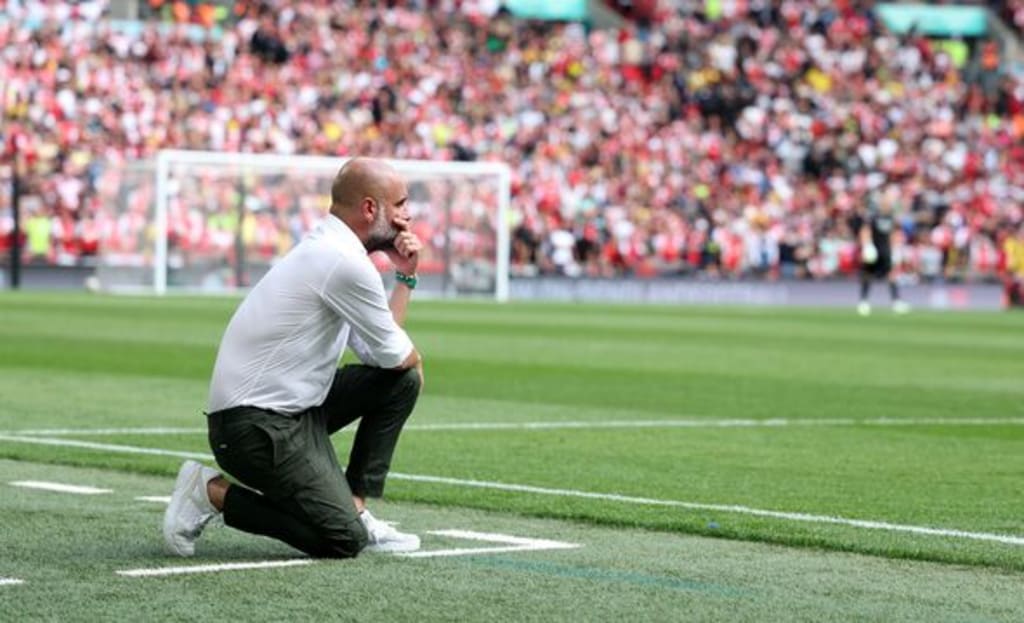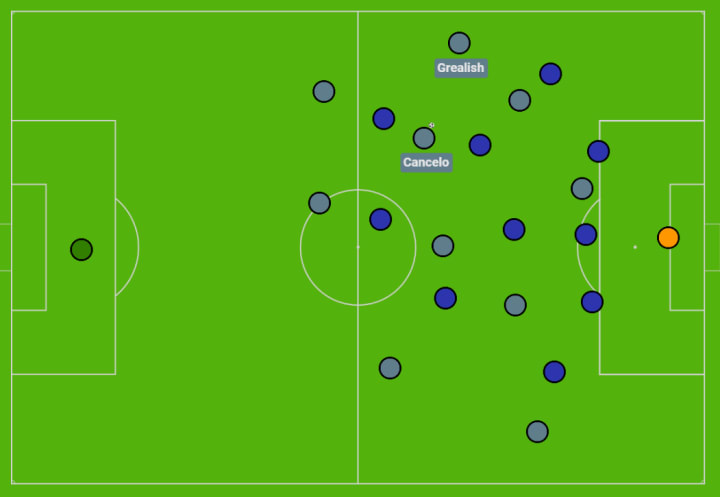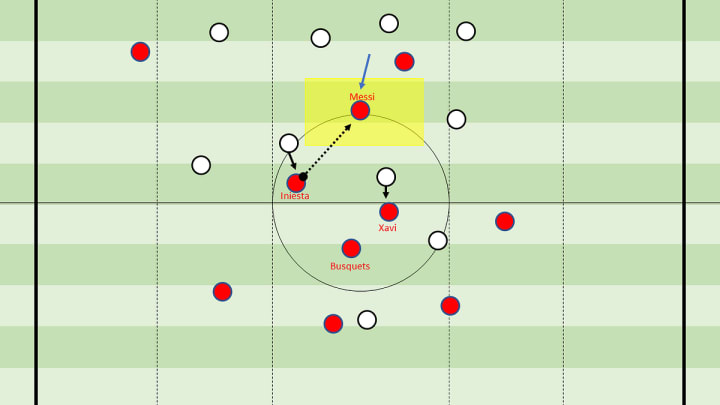Positional Rotations in Football and Why They're Important
The tactical role of positional rotations in football

Of all the modern day tactical principles in football, positional play is perhaps the most dominant. Popularised most recently by coaches like Pep Guardiola, positional play seeks to create passing triangles and diamonds on different areas of the pitch, in order to create overloads and dominate possession.
While there are strict rules about the positions players take up in relation to their teammates (especially during defensive phases of the game), attacking phases allow for a little more freedom and rotations.
These rotations are important, as they create disorganisation in the opponent’s shape, whether they’re looking to press high and defend in a low, compact block. So, let’s drill a little deeper into positional rotations and the role that they place in the modern game.
What is Positional Rotation? An Example
Positional rotation is a technical and strategic tactic that aims to create dominant overloads when in possession of the ball. This aids sustained possession of the ball in targeted areas of the pitch, while it also disrupts the opponent’s defensive line and creates spaces that can be exploited.
Through positional rotations, teams can create different formations and shapes during attacking phases of the game. This makes it much easier to take up positions in-between the lines during matches, while it’s particularly effective against rigid low blocks and sides that like to man-mark.
To understand this further, let’s look at the example below. This shows full back Joao Cancelo in possession for Manchester City, having inverted from his starting position and been afforded the freedom to roam. In this instance, he can use his footballing intelligence to occupy key spaces, create strategic 2v1s and establish viable passing lanes.

Here, he has initially helped to create a central triangle that enables City to negate their opponent’s press. As he progresses the play, however, he can help to create an overload on City’s left hand side, while potentially drawing opposing players out of position. As he draws players over to the left, you can also see that City have two players open for a direct switch of play on the right-hand side.
Most Common Positional Rotations and Patterns of Play
Positional rotations are coached by instilling clearly defined patterns of play. Although the precise rotations that you use will depend on the skillset of the individual players at your disposal, there are some common examples observed in elite-level football.
One of the most widely coached rotations initially sees a team’s defensive midfield pivot drop deeper, either in-between two centre backs or towards the right or left-hand channel (depending on where you’d like to create an overload).
This encourages one or both full backs to move into more advanced positions, while the attacking wide players in front of them can invert to create central overloads. Typically, this may turn a 4-2-3-1 shape into a more fluid 3-4-2-1 or 3-3-3-1 during attacking phases of the game, establishing far more triangles and passing options in the process.
This particular rotation has been deployed by the world’s top coaches for years now, especially as inverted wingers have become increasingly popular.
A more recent rotation has seen one or more of a team’s full backs invert into central midfield. Popularised by Pep Guardiola, this creates support for a defensive midfield pivot, while two ‘number eights’ move into more advanced positions centrally. This creates a significant midfield overload and creates a 3-2-4-1 or 3-2-2-3 during attacking phases.
The Benefits of Positional Rotations
It was Dutch coaches Rinus Michels and Johan Cruyff who first popularised the concept of positional play, while Pep Guardiola has recently taken this to an entirely new level. This evolution has seen positional rotations become increasingly prevalent, but what are the biggest advantages of this tactic in alternative areas of the pitch?
Create Superiority in the Build-up
Positional rotations often start in the initial build-up phase, usually with a view to creating superiority and establishing new passing lines. For example, if a full back inverts into central midfield he creates an additional forward passing option for the defensive line, helping to form a triangle that bypasses an opponent’s press.
This certainly makes it much easier to play out from the back and lay a solid foundation for all attacking phases.
Establish Midfield Dominance
As the play advances, teams will use positional rotations to dominate possession in the middle of the park. We’ve already touched on how the roaming Joao Cancelo did this from full back when playing for Manchester City, with his inversion creating an additional body in midfield and overloads as the play progressed.
Guardiola was also known to drop Lionel Messi into an advanced midfield position during his time at Barca, establishing a central diamond that outnumbered their opponents while the wide forwards inverted to play as split strikers.

Disrupt the Opponent’s Defensive Line
Not only did the decision to drop Messi deeper create a compact midfield diamond in the 2010/11 UEFA Champions League final against Manchester United, but it also caused significant disruption to United’s defensive line.
This is arguably the main purpose of deploying positional rotations, and in instances where Rio Ferdinand was pulled out of position at Wembley, space was created for the runs of David Villa and Pedro.
One or both full backs would also push higher to occupy their direct opponents, creating even more space for forward runners.
About the Creator
Enjoyed the story? Support the Creator.
Subscribe for free to receive all their stories in your feed.






Comments
There are no comments for this story
Be the first to respond and start the conversation.